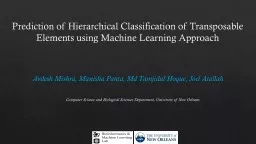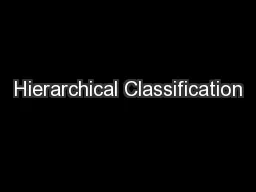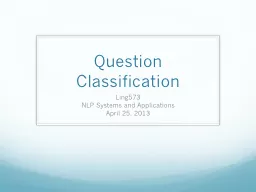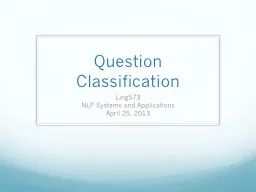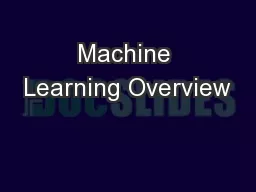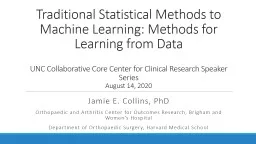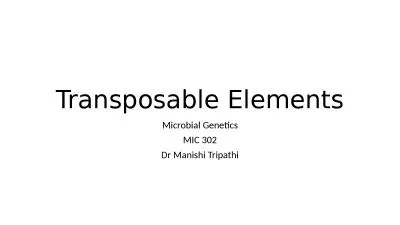PPT-Prediction of Hierarchical Classification of Transposable Elements using Machine Learning
Author : mitsue-stanley | Published Date : 2018-12-04
Avdesh Mishra Manisha Panta Md Tamjidul Hoque Joel Atallah Computer Science and Biological Sciences Department University of New Orleans Presentation Overview
Presentation Embed Code
Download Presentation
Download Presentation The PPT/PDF document "Prediction of Hierarchical Classificatio..." is the property of its rightful owner. Permission is granted to download and print the materials on this website for personal, non-commercial use only, and to display it on your personal computer provided you do not modify the materials and that you retain all copyright notices contained in the materials. By downloading content from our website, you accept the terms of this agreement.
Prediction of Hierarchical Classification of Transposable Elements using Machine Learning: Transcript
Download Rules Of Document
"Prediction of Hierarchical Classification of Transposable Elements using Machine Learning"The content belongs to its owner. You may download and print it for personal use, without modification, and keep all copyright notices. By downloading, you agree to these terms.
Related Documents

